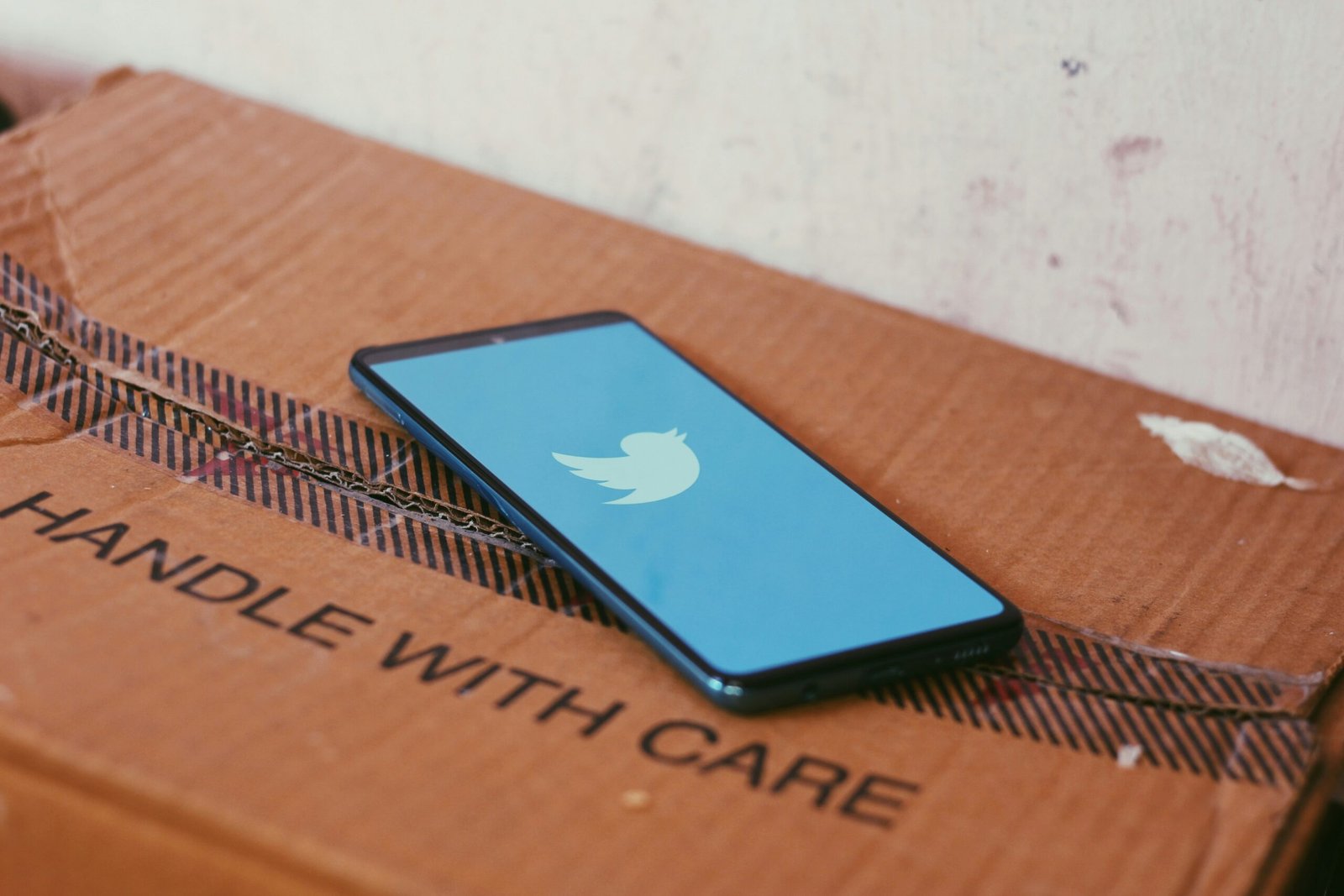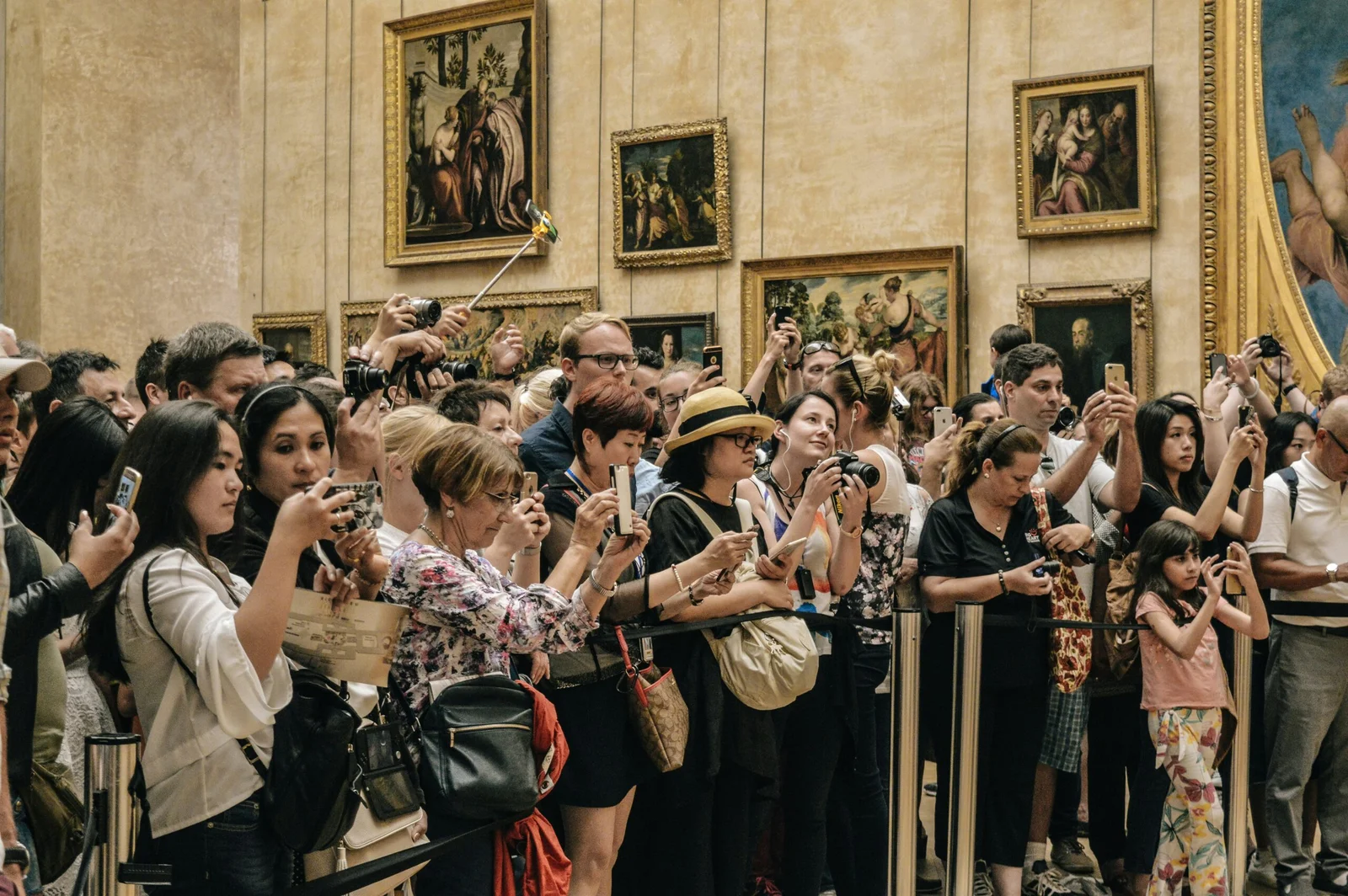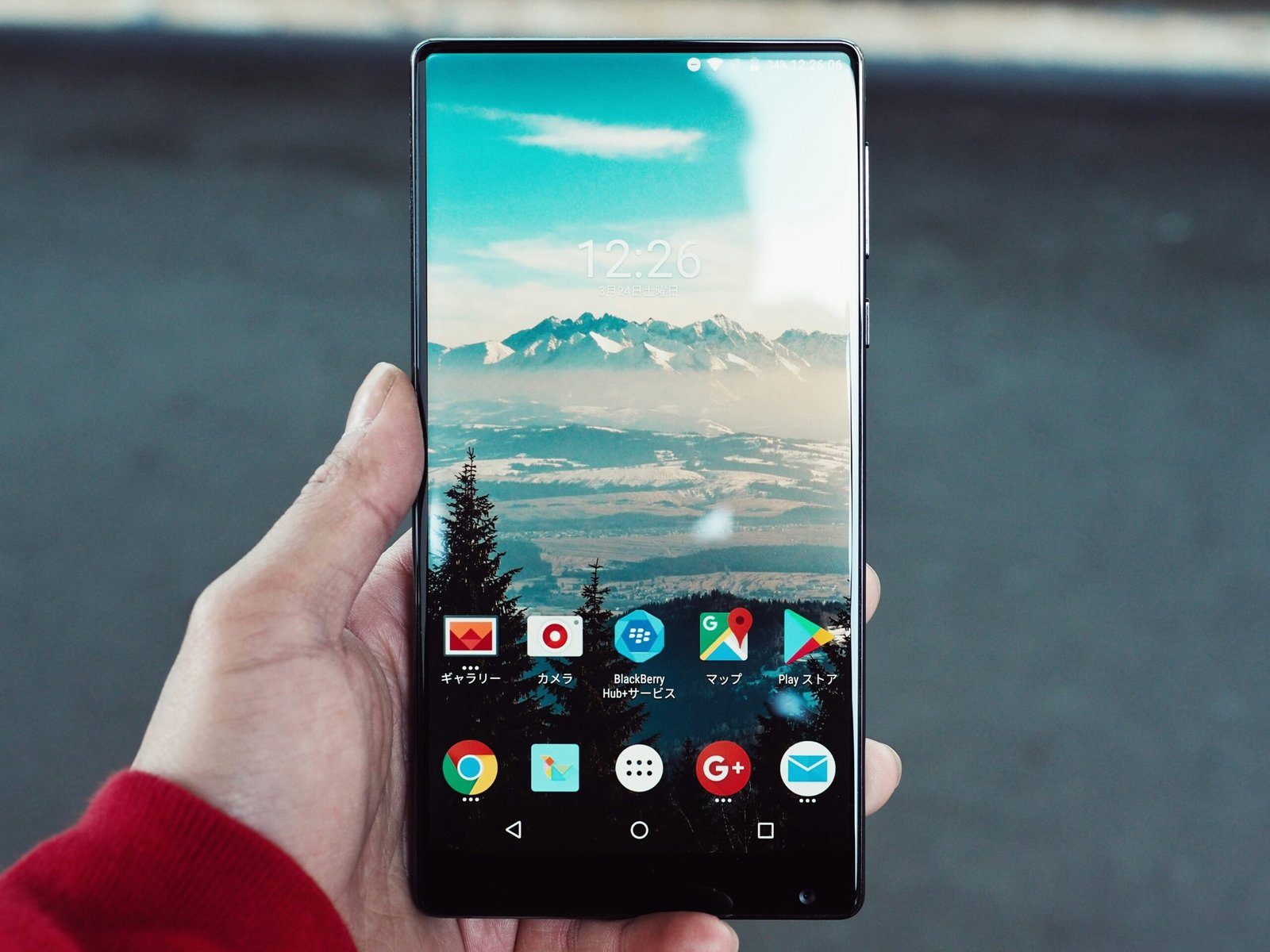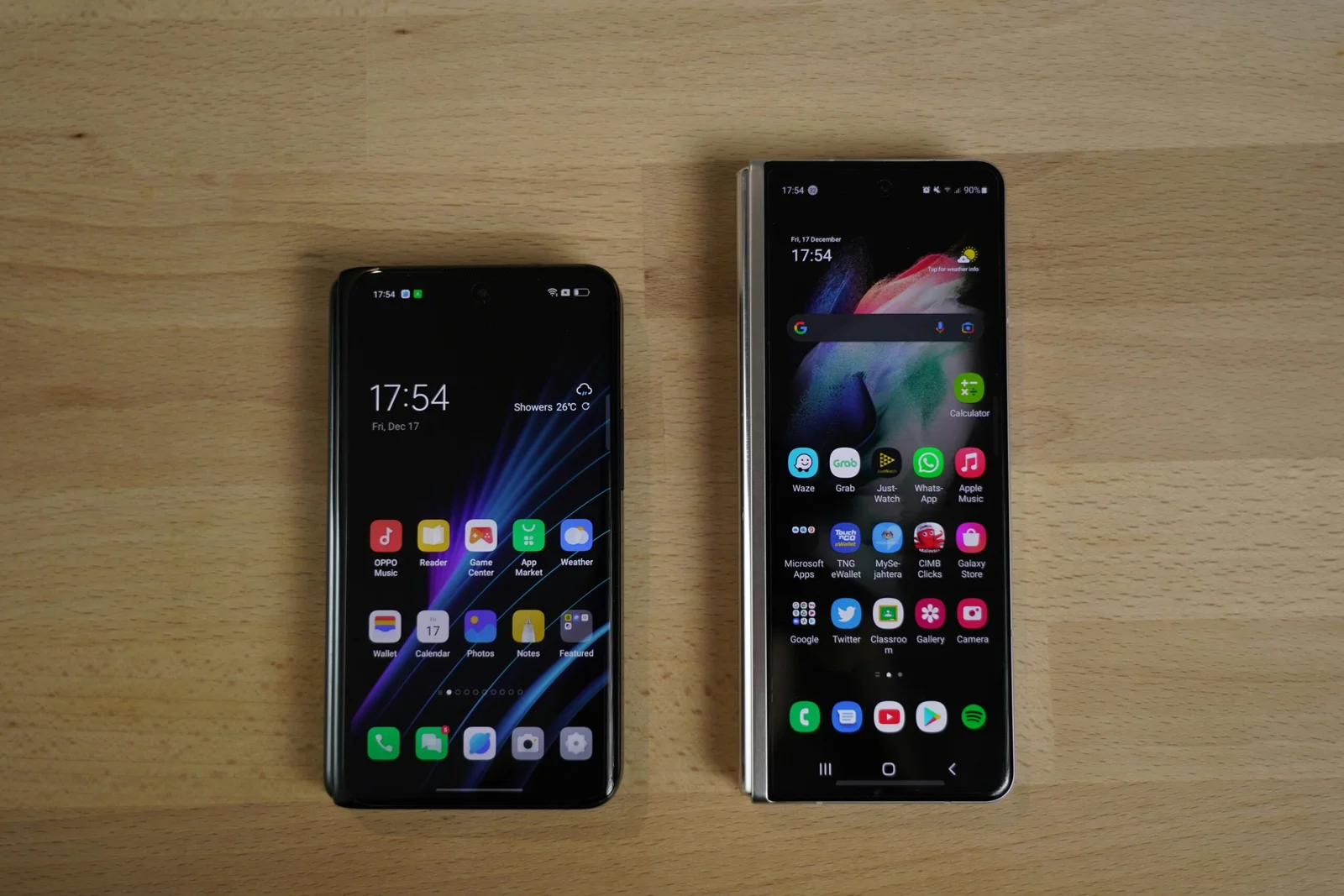
Introduction to Mobile Phones and Media Consumption
The advent of mobile phones marks a significant milestone in the evolution of communication technology. Initially conceived as simple devices for voice communication, mobile phones have undergone a profound transformation since their inception in the late 20th century. The first generation of mobile phones, characterized by their bulky design and limited functionality, laid the foundation for a technological revolution that would eventually lead to the development of smartphones. These versatile smart devices, equipped with advanced computing capabilities and internet connectivity, have seamlessly integrated into daily life, becoming indispensable tools for communication, entertainment, and information access.
Media consumption, traditionally facilitated through channels such as television, radio, newspapers, and magazines, has also evolved in tandem with advancements in mobile technology. Television, once the primary source of visual entertainment, has seen a shift as streaming services and mobile apps offer on-the-go viewing options. Radio, similarly, has adapted with the emergence of podcasts and internet radio stations accessible via mobile devices. Newspapers and magazines, pillars of print media, now coexist with digital editions and online news platforms, which are frequently accessed through smartphones.
The evolution of mobile phones and their rapid integration into everyday activities have significantly influenced how media is consumed. This section provides an overview of the historical context, highlighting the journey from early mobile technology to the sophisticated smartphones of today. It also introduces the concept of media consumption, emphasizing traditional media forms and setting the stage for a deeper exploration of how mobile phones have reshaped these conventional channels. As we delve further into the impact of mobile phones on traditional media consumption, it becomes evident that the landscape of media has been irrevocably altered, driven by the convenience, accessibility, and multifunctionality of mobile devices.
Changing Patterns of Media Consumption
The advent of mobile phones has profoundly transformed media consumption patterns, shifting from traditional forms like scheduled programming and physical newspapers to more dynamic, on-demand content and digital news. This change is evident across various studies and statistics that demonstrate significant trends shaping the media landscape.
Video streaming has emerged as a dominant form of entertainment, with platforms such as Netflix, YouTube, and Amazon Prime Video seeing exponential growth. According to a report by eMarketer, over 85% of internet users in the United States streamed video content on their mobile devices in 2022. This surge in mobile video consumption has been facilitated by faster internet speeds, more affordable data plans, and the convenience of accessing content anytime, anywhere.
Social media platforms have also played a pivotal role in changing media consumption habits. Sites like Facebook, Twitter, and Instagram have become primary sources of news for many users. A Pew Research Center study found that 55% of adults in the United States get their news from social media, a stark contrast to the declining circulation of print media. The immediacy and interactive nature of social media make it an attractive alternative to traditional news outlets, offering real-time updates and a platform for public discourse.
Furthermore, the concept of ‘second screening’ has gained traction, highlighting the interplay between mobile phones and traditional media. Viewers often use their smartphones to engage with social media or browse the internet while watching television. This behavior not only enhances the viewing experience but also allows for multitasking, making media consumption more personalized and fragmented. A Nielsen report indicated that 45% of tablet and smartphone owners use their devices while watching TV every day, underscoring the significance of second screening in modern media consumption.
In summary, the rise of mobile phones has catalyzed a shift in media consumption patterns, favoring on-demand video streaming and social media over traditional print and scheduled programming. This evolving landscape underscores the need for media providers to adapt to the changing preferences and habits of their audience.
Impact on Television and Video Content
Mobile phones have significantly transformed the landscape of television and video content consumption. The rise of streaming services like Netflix, YouTube, and other platforms has introduced a new paradigm, challenging the traditional TV channels that once dominated household entertainment. These services offer on-demand content, enabling users to watch their favorite shows and movies at any time, diverging from the fixed schedules of traditional TV programming.
Streaming platforms provide a vast array of content, from full-length movies and series to user-generated videos, catering to diverse tastes and preferences. The accessibility and convenience of these platforms on mobile devices have made them increasingly popular. Users can now enjoy high-quality video content on the go, turning idle moments into entertainment opportunities. This shift has led to a decline in traditional TV viewership, as audiences gravitate towards the flexibility and variety that streaming services offer.
The emergence of mobile-friendly content has further revolutionized video consumption. Short-form videos, often under a minute long, are designed to capture attention quickly and are ideally suited for mobile viewing. Platforms like TikTok and Instagram Reels have capitalized on this trend, providing users with a continuous stream of bite-sized entertainment that fits seamlessly into their busy lifestyles. Additionally, live streaming has gained traction, allowing real-time interaction and engagement, which traditional TV cannot match.
These changes underscore a broader trend towards personalization and immediacy in media consumption. Mobile phones empower users to curate their viewing experiences, selecting content that aligns with their preferences and schedules. As a result, traditional TV channels face increasing pressure to innovate and adapt to these evolving consumption patterns. The focus on mobile-optimized content reflects a broader shift in the media landscape, where immediacy, accessibility, and personalization are paramount.
Transformation of News and Journalism
The advent of mobile phones has fundamentally transformed news consumption, gradually rendering print newspapers less relevant. With the proliferation of digital news platforms and mobile applications, readers now access news instantly and conveniently. This shift has led to a significant decline in the circulation of print newspapers, compelling traditional news organizations to adapt to the digital landscape. Mobile phones allow users to stay updated in real-time, leading to a preference for digital news consumption over traditional print media.
Social media platforms have also emerged as significant news sources. With the ability to disseminate information rapidly, platforms like Twitter, Facebook, and Instagram have become go-to channels for breaking news. This democratization of news distribution has allowed individuals to access diverse perspectives and a broader range of content. However, this also poses challenges, such as the proliferation of misinformation. The speed at which information spreads on social media can make it difficult to verify the accuracy of news before it reaches the public. Consequently, the spread of fake news has become a prevalent issue, undermining the credibility of legitimate journalism.
Traditional journalism practices have had to evolve in response to these changes. News organizations must now prioritize digital-first strategies, investing in online platforms and mobile-friendly content. The rise of citizen journalism, where ordinary individuals report news events using their mobile phones, has further shifted the landscape. While this democratization can enhance coverage, it also necessitates stronger editorial oversight to ensure the reliability of information.
Despite the challenges, mobile phones offer opportunities for innovation in journalism. Interactive multimedia content, live streaming, and personalized news experiences are just a few examples of how news organizations can leverage mobile technology. However, maintaining journalistic integrity and combating misinformation remain critical priorities in this digital age. Traditional news organizations must continue to adapt while upholding the core principles of accurate and responsible reporting.
Evolution of Radio and Music Consumption
The advent of mobile phones has revolutionized the radio and music industry, significantly altering consumption patterns. Traditional radio, once a household staple, has seen a marked decline in listenership. This shift can be attributed to the convenience and variety offered by mobile devices, which have become the primary medium for accessing audio content. The rise of music streaming services such as Spotify, Apple Music, and Amazon Music has been a pivotal factor in this transformation.
Music streaming platforms provide users with an extensive library of songs, albums, and playlists, all available at their fingertips. This ease of access, coupled with personalized recommendations and curated content, has made streaming services immensely popular. Unlike traditional radio, these platforms offer on-demand listening, allowing users to tailor their music experience to their preferences. As a result, the reliance on conventional radio broadcasts has diminished significantly.
Alongside music streaming, podcasts have emerged as a highly popular mobile-friendly audio format. Podcasts offer a diverse range of content, from news and storytelling to education and entertainment. Their episodic nature and the ability to download episodes for offline listening make podcasts a convenient choice for mobile users. The growth of podcast platforms like Apple Podcasts, Google Podcasts, and Spotify has further cemented their position in the digital audio landscape.
Monetization strategies for digital music and audio content have also evolved. Streaming services typically operate on subscription models, offering both free, ad-supported tiers and premium, ad-free options. This dual approach caters to a broad audience, ensuring accessibility while generating revenue. Additionally, podcasts have adopted various monetization methods, including sponsorships, advertisements, and listener support through platforms like Patreon. These strategies enable content creators to sustain their efforts and continue producing high-quality audio content.
Advertising and Revenue Models
The advent of mobile phones has significantly transformed the landscape of advertising and revenue models for traditional media. Historically, revenue for traditional media outlets such as newspapers, radio, and television was largely derived from advertising sales. However, with the proliferation of mobile devices, there has been a marked shift towards digital and mobile advertising.
One of the most notable changes is the rise of targeted ads. Mobile phones enable advertisers to utilize data analytics and user behavior insights to deliver personalized advertisements directly to consumers. This precision targeting not only increases the efficacy of advertising campaigns but also enhances user engagement, as the ads are more relevant to the individual’s interests and preferences.
In addition to targeted ads, influencer marketing has emerged as a powerful advertising strategy in the mobile era. Social media platforms, accessed predominantly via mobile phones, have given rise to influencers who command significant followings. Traditional media companies are increasingly collaborating with these influencers to promote their content and brands, leveraging the influencers’ reach and credibility to connect with audiences in a more authentic manner.
Branded content is another key development in the realm of mobile advertising. Unlike traditional advertisements, branded content seamlessly integrates a brand’s messaging within engaging and informative content. This approach not only mitigates ad fatigue but also fosters a deeper connection with the audience, as it provides value beyond mere promotional material.
Despite these advancements, traditional media companies face substantial challenges in monetizing their content in the mobile era. The shift towards digital consumption has led to a decline in traditional ad revenues, necessitating the adoption of new strategies to stay competitive. Many companies are investing in developing mobile-friendly platforms and apps to enhance user experience and engagement. Additionally, subscription models and paywalls are becoming increasingly popular as a means to generate revenue directly from consumers.
In conclusion, the impact of mobile phones on traditional media advertising and revenue models is profound. While the challenges are significant, the opportunities presented by digital and mobile advertising are equally promising. By embracing innovative strategies such as targeted ads, influencer marketing, and branded content, traditional media companies can navigate the evolving landscape and continue to thrive in the mobile era.
User Behavior and Engagement
With the advent of mobile phones, user behavior in media consumption has undergone significant transformation. Mobile devices have ushered in an era of personalized and interactive media experiences, altering how users engage with content. One of the primary drivers of this change is the use of algorithms and artificial intelligence (AI) in curating content tailored to individual preferences. By analyzing user behavior, such as viewing history and interaction patterns, algorithms can suggest articles, videos, and other media that align with specific interests, enhancing user engagement.
Moreover, push notifications and alerts play a crucial role in how users interact with media on mobile phones. These tools ensure that users are continuously updated with the latest news, trends, and content, often leading to increased engagement. The instantaneous nature of push notifications means that users can consume media in real-time, making the experience more dynamic and immediate compared to traditional media forms.
Engagement through mobile phones is further amplified by social media platforms where users can like, share, and comment on content. This interactive environment fosters a sense of community and involvement, as users are not just passive consumers but active participants in the media landscape. The ability to instantly share content with a vast network amplifies the reach and impact of media, making it more pervasive than ever before.
However, these developments have implications for user attention spans and media consumption habits. The constant influx of notifications and the endless stream of personalized content can lead to shorter attention spans, as users flit from one piece of content to another. This fragmented consumption pattern contrasts sharply with the more focused and linear engagement typically associated with traditional media. Consequently, media producers must adapt their strategies to cater to these evolving consumption habits, ensuring content is both engaging and easily consumable in shorter bursts.
Future Trends and Predictions
As mobile technology continues to evolve, the future of media consumption is set to be profoundly transformed by several emerging trends. One of the most promising developments is the integration of augmented reality (AR) and virtual reality (VR) into media experiences. These technologies have the potential to create immersive environments that allow users to interact with content in unprecedented ways. For instance, AR can overlay digital information onto the physical world, enhancing live events and educational content, while VR can transport users to entirely virtual settings, offering new dimensions for storytelling and entertainment.
The advent of 5G technology is another critical factor poised to revolutionize mobile media consumption. With its high-speed data transfer and low latency, 5G will enable seamless streaming of high-definition content and real-time interactive experiences. This technology will also support the proliferation of Internet of Things (IoT) devices, leading to more interconnected and smart media environments. Users will be able to engage with media through a multitude of smart devices, creating a more integrated and personalized consumption experience.
Traditional media is not immune to these changes and will need to adapt to stay relevant. Newspapers, television, and radio are already leveraging digital platforms to reach wider audiences. Moving forward, these traditional media forms may further integrate with mobile technologies, offering hybrid experiences that combine the best of both worlds. For example, television networks might develop AR apps that provide supplementary content during broadcasts, or print media could use QR codes to link to interactive online articles.
The challenges for traditional media will include maintaining content quality and navigating the competitive digital landscape. However, these changes also present opportunities for innovation and growth. By embracing new technologies and adapting to shifting consumer behaviors, traditional media can continue to play a significant role in the evolving media ecosystem.






